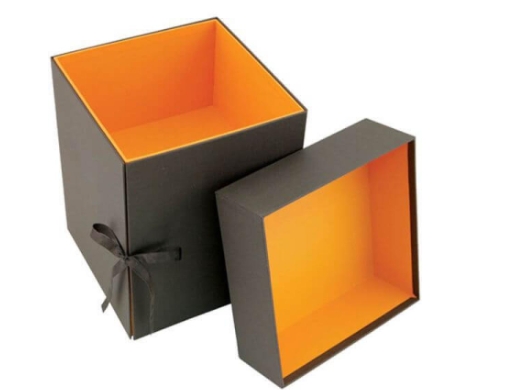In the world of packaging design, rigid boxes stand out for their durability and luxurious appearance. Crafting the perfect rigid box design requires a keen eye for detail and a deep understanding of both form and function. In this masterclass, we will explore the key elements that go into creating a truly exceptional rigid box design.
Understanding the Basics of Rigid Box Design
Rigid boxes are made from thick, sturdy materials such as cardboard or chipboard. They are known for their rigid structure, which provides excellent protection for the contents inside. When designing a rigid box, it is important to consider not only the visual appeal but also the structural integrity of the box.
Choosing the Right Materials
The first step in designing a rigid box is selecting the right materials. The thickness and quality of the cardboard or chipboard will determine the strength and durability of the box. Additionally, the choice of material can also affect the overall aesthetic of the box, so it is essential to consider both practical and visual aspects.
Creating a Compelling Design
Once you have selected the materials, it is time to create a design that will captivate consumers. Consider factors such as color, typography, and imagery to create a visually appealing box that reflects the brand’s identity. Use design elements strategically to draw the eye and create a cohesive look.
Adding Structural Elements
To enhance the functionality of the rigid box, consider adding structural elements such as trays, dividers, or inserts. These elements can help protect fragile items, provide a secure fit for the contents, and enhance the overall unboxing experience for the consumer.
Embracing Customization
One of the key advantages of rigid box design is the ability to customize every aspect of the box. From the size and shape to the finish and embossing, customization allows brands to create a unique and memorable packaging experience. Consider incorporating custom features to make the box stand out and leave a lasting impression on consumers.
Testing and Prototyping
Before finalizing the design, it is crucial to test and prototype the rigid box to ensure that it meets all functional and aesthetic requirements. This step allows designers to make any necessary adjustments and ensure that the final product is perfect in every way.
In conclusion, the art of rigid box design requires a delicate balance of creativity, technical skill, and attention to detail. By understanding the basics of rigid box design, choosing the right materials, creating a compelling design, adding structural elements, embracing customization, and testing the final product, designers can create packaging that not only protects the contents but also elevates the brand’s image and delights consumers.

